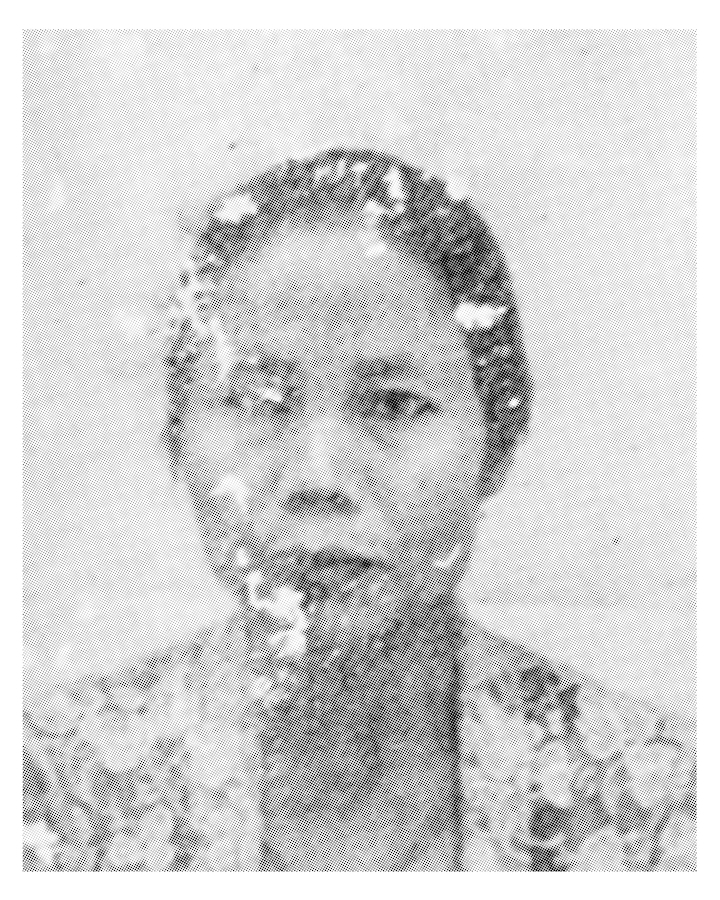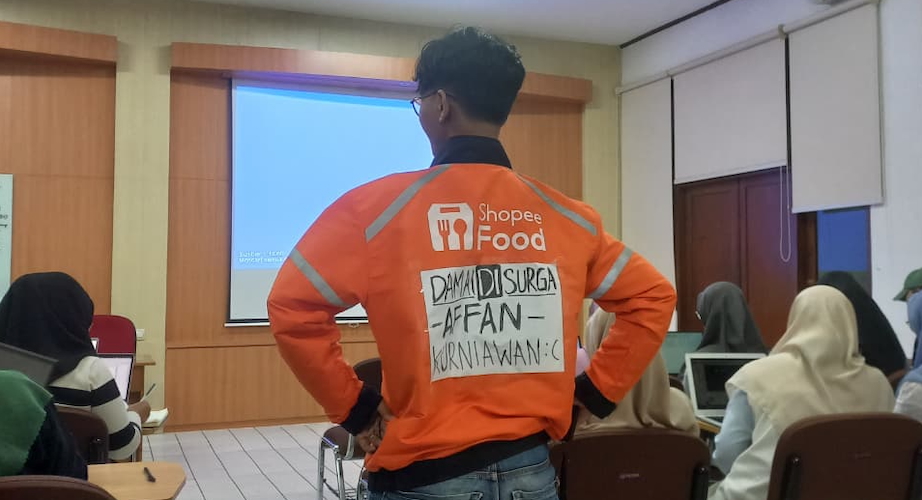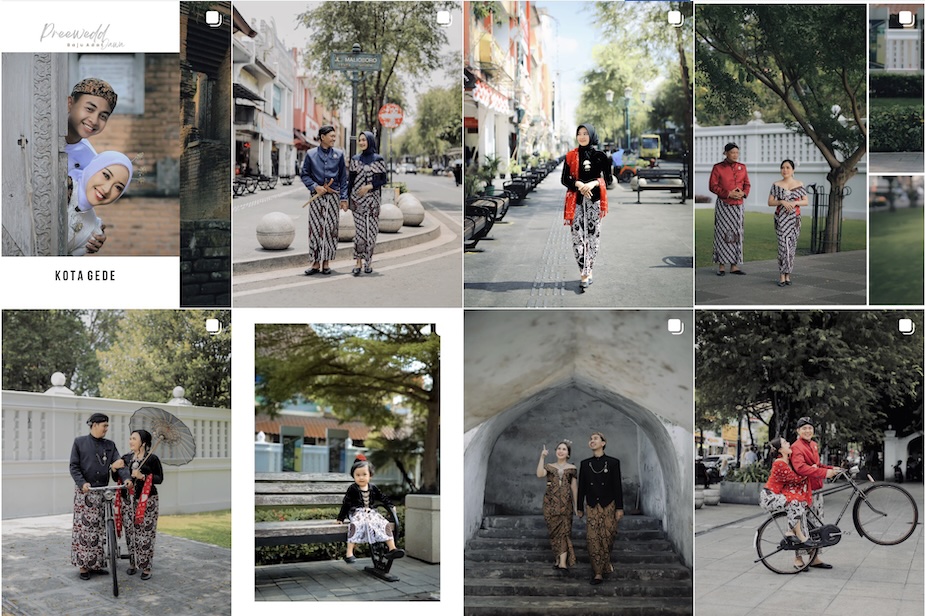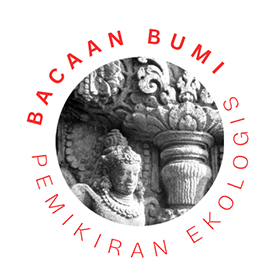Impunity for perpetrators of the violence reigns and the continuing silence about its consequences is deafening
The denial of the genocide which took place in Indonesia after 1 October 1965 has cultural, legal, discursive and affective dimensions. This genocide was one of the largest mass murders after World War II, yet it is hardly known internationally. Within Indonesia, impunity of the perpetrators still reigns, and the silence about the perpetrators, the fate of the victims and the consequences of these serious human rights violations is deafening. This article focuses on two dimensions of this denial: anticipatory denial, relating to the design of the 30 September Movement, and epistemic denial, referring to how the massacre and its context have been interpreted and distorted. It concludes by pointing to Elizabeth Drexler’s concept of the ‘infrastructures of impunity’ that are a consequence of Indonesia’s genocide denial.
Anticipatory denial
Anticipatory denial refers to how the narrative of a ‘communist coup’ was embedded in the original framing of the 30 September Movement, in which General Suharto played a key role. As Jess Melvin notes in The Army and the Indonesian Genocide: The Mechanics of Mass Murder, Suharto claimed the movement was a ‘failed communist coup’ even before the fate of the abducted generals was known or a revolutionary council announced. He had already instructed military commanders, notably in Aceh, to arrest and kill PKI (Partai Komunis Indonesia: Indonesian Communist Party) leaders. But there is more.
This premature response suggests foreknowledge. Further evidence implicates Suharto in planning. Colonel Latief and Colonel Untung—leaders of the 30 September Movement who abducted the generals—had both visited Suharto in the months prior. According to Greg Poulgrain in JFK vs. Allen Dulles: Battleground Indonesia, both viewed Suharto as one of their own, having collaborated with him in the war against the Dutch around Yogyakarta in 1948 and 1949. The operation’s coordinator, Sjam (Kamaruzaman), who chaired the PKI’s Special Bureau, also had longstanding ties with Suharto, dating back to the anti-Dutch struggle in the late 1940s.
Ali Murtopo, Suharto’s intelligence chief, was also closely connected to Sjam. Poulgrain asserts that Murtopo arranged for preman (gangsters) in civilian clothes to accompany the military trucks that collected the generals on 30 September. These civilians were linked to the killing of General Ahmad Yani. At General Nasution’s residence, unidentified armed individuals among the well-trained palace guards tried to pursue Nasution after he escaped. The presence of these unknown actors likely contributed to the mission’s failure, as the generals were never brought to President Sukarno—supposedly the 30 September Movement’s original plan.
Further complicating the story, Lieutenant Dul Arif—who was in charge of the lorries used in the operation to collect the generals—told the soldiers that the generals were to be taken ‘dead or alive,’ contradicting the plan to keep them alive. Untung and Latief denied issuing such an order. Poulgrain suggests that someone else, possibly Murtopo (whom Dul Arif had served under in the 1950s), gave the fatal instructions. After Suharto assumed leadership of the army, Dul Arif fled and was later arrested by Murtopo near Brebes in Central Java. He disappeared, silencing a crucial witness.
In the subsequent historiography of the events of 1965, Suharto positioned himself as the hero who saved the nation from the evil communists. His intelligence team spread this narrative of his righteous and courageous efforts widely, portraying communists as ruthless murderers. Despite many unanswered questions, existing evidence strongly suggests Suharto’s complicity. However, no thorough investigation has ever been conducted.
Epistemic denial
Epistemic or interpretive denial refers to how the PKI and its mass organisations were demonised as amoral, hypersexual, anti-religious, and anti-Pancasila. This campaign of slander and misrepresentation instilled both fear and obedience.
A key example is the sexual slander against Gerwani, the world’s third-largest women’s organisation at the time. Young girls were accused of having danced an erotic dance at the site of the executions, seduced the generals who were still alive, and sliced off their genitals. These stories, widely circulated through state-controlled media, were entirely false but effective in inciting violence. To this day, the ‘new Gerwani’ label remains a slur, used to suppress women’s activism by associating it with sexual deviance.

The regime also rewrote other key historical episodes to paint the PKI as traitors of the nation. The 1926–1927 rebellion by PKI members and progressive Muslim leaders is falsely depicted as a communist plot that manipulated Muslims. In reality, pro-Communist Islamist leaders like Haji Misbach and Haji Datuk Batuah had developed a form of progressive Islam aligned with socialist values.
Similarly, the Madiun Rebellion of 1948 was portrayed as an anti-national communist betrayal, despite its roots in Cold War tensions and Vice President Hatta’s attempt to reorganise the military. Although the majority of those killed were members of socialist groups, the event was portrayed as a betrayal of Muslims. Meanwhile, the Darul Islam uprising—far more violent and longer-lasting—has been minimised in history books, even though it proclaimed an Islamic state and likely caused around 20,000 deaths, mostly Muslims.
Another distorted episode involves the ‘one sided actions’ following the 1959 agrarian reform laws. These laws sought to redistribute land from large landowners—including wealthy kyai and the military—to landless peasants. Due to resistance from rich kyai, their implementation stalled. From 1963, poor farmers began occupying land with support from the farmers’ union, progressive artists, and Gerwani. In East Java, this led to clashes with Nahdlatul Ulama youth and arrests of hundreds of peasants, though actual casualties were limited. Nevertheless, these actions were framed as communist attacks on Islam, used to justify the post-1965 massacres.
Thus, the denial of the army’s involvement in the genocide relied on a mixture of outright lies, fearmongering, and the distortion of history. The full scale of the killings and imprisonment of victims in forced labour camps has never been revealed. Victims were rebranded as criminals, guilty for having belonged to a banned, amoral party—even though the PKI was only outlawed in March 1966. This reversal of guilt, coupled with a complete lack of accountability, forms what Elizabeth Drexler calls the ‘infrastructures of impunity’. Through fear, distortion, and propaganda, a culture of obedience was created. The ongoing impunity has made genuine inquiry into the genocide politically dangerous. It has also enabled further military abuses in regions like Aceh, Timor Leste, and Papua. The current remilitarisation of Indonesia shows no signs of addressing past crimes. On the contrary, it reinforces the silence and impunity that have allowed the perpetrators of mass human rights violations to escape justice.
Saskia Wieringa is the author of several books around the 1965 genocide. She is the author of Sexual Politics in Indonesia (2002) and with Nursyahbani Katjasungkana, Propaganda and the Genocide in Indonesia: Imagined Evil (2019).












